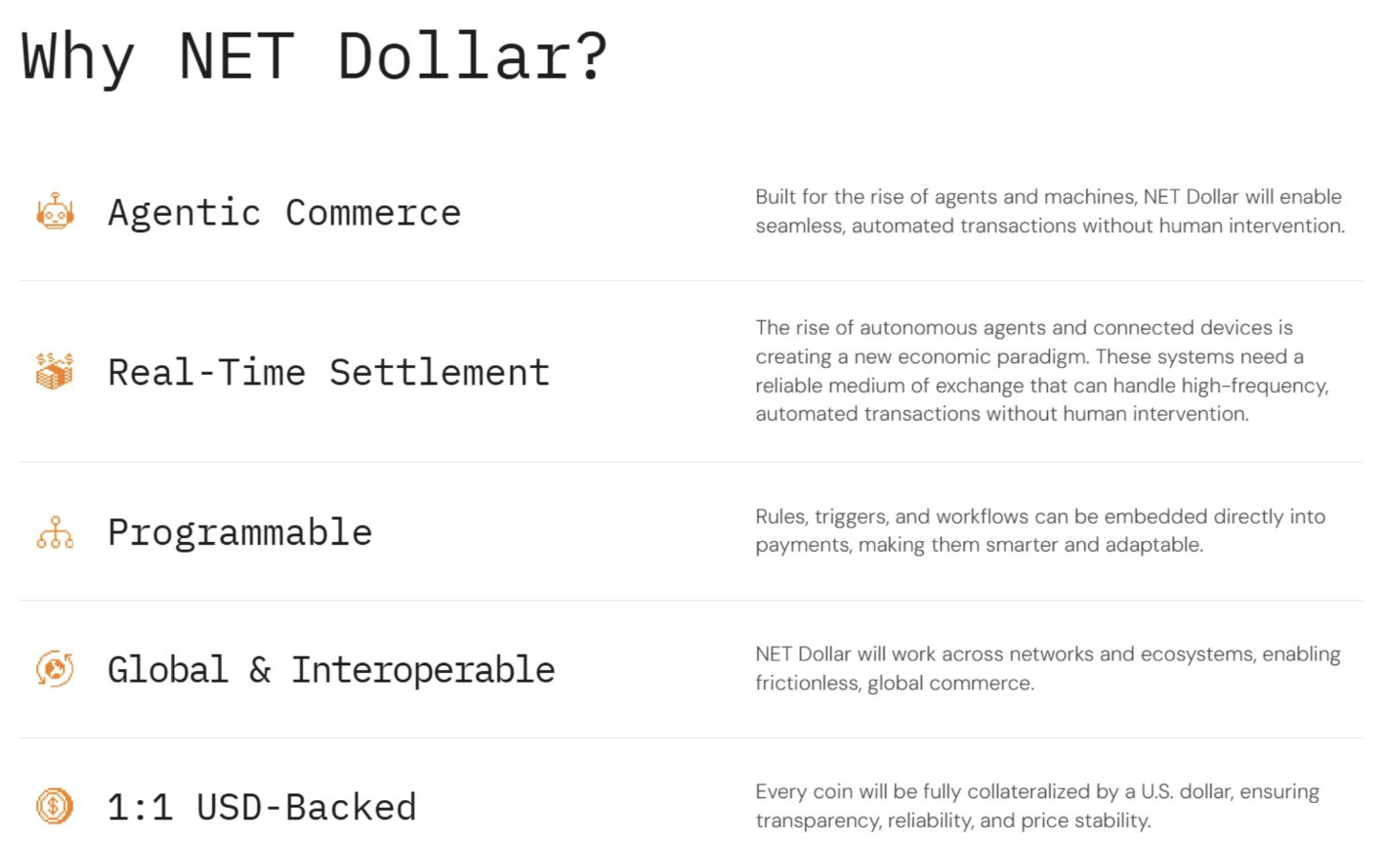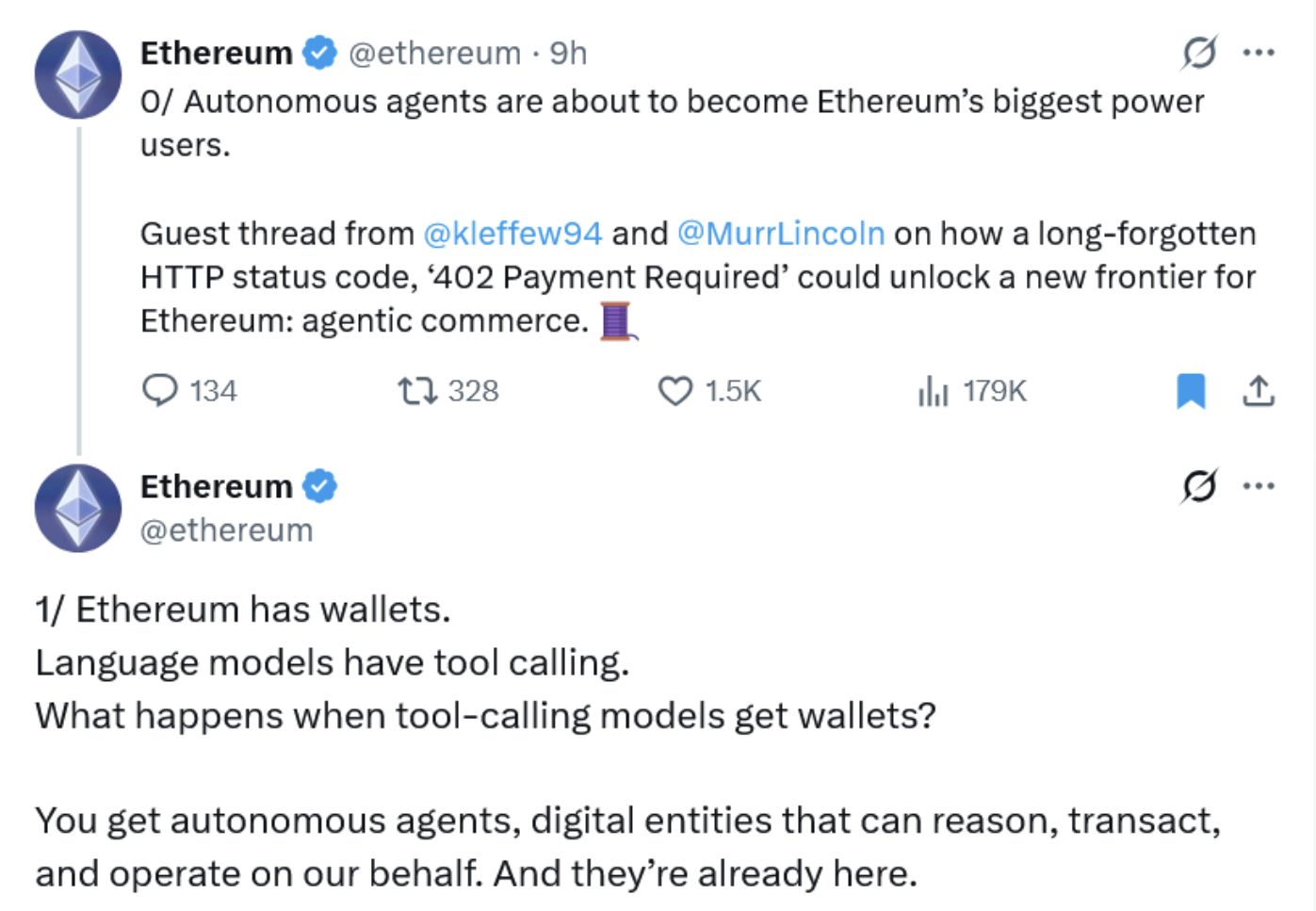AI agents stablecoins can automatically route liquidity to the most efficient issuers, turning market fragmentation into an advantage by lowering fees, improving execution and accelerating stablecoin adoption across payments and machine-to-machine commerce.
-
AI agents will route liquidity to the best-priced, most reliable stablecoins.
-
Regulatory clarity and growing market depth have pushed stablecoins past $300 billion in market cap.
-
Autonomous agents could compress fees, boost transaction volume and reshape payments infrastructure.
AI agents stablecoins — Learn how AI routing can turn fragmentation into a competitive advantage; read expert insights and next steps.
AI agents stablecoins are autonomous programs that can detect pricing and liquidity across issuers and instantly move funds to the most efficient stablecoin, potentially making fragmentation a market-level optimizer rather than a barrier to adoption.
What is the role of AI agents in stablecoin adoption?
AI agents stablecoins means autonomous software will analyze rates, liquidity and counterparty risk, then execute transfers to the optimal issuer. This capability can reduce user friction and ensure liquidity concentrates where execution and economics are best, speeding stablecoin adoption for payments and commerce.
How could fragmentation become an advantage?
Fragmentation historically creates liquidity silos and user confusion. But AI agents can treat fragmentation as a selection mechanism.
By continuously comparing issuer economics, agents can route transactions to the lowest-cost provider. That competitive pressure may compress spreads, raise service quality and force issuers to improve fundamentals.
Why has stablecoin market cap reached $300 billion and what does that mean?
The stablecoin market exceeded $300 billion due to clearer regulation in major jurisdictions, institutional demand and increased retail use. Higher market cap increases depth and reduces slippage, making automated routing by AI agents more effective and reliable.
Who are the key market participants and emerging models?
Major dollar-backed issuers, algorithmic and synthetic stablecoins, and corporate-backed tokens like PayPal’s PYUSD now coexist. Each model offers different tradeoffs in liquidity, redemption mechanics and settlement speed. Market participants include industry leaders and new entrants building on unique business integrations.
The rise of AI agents in crypto: what industry leaders say
Paxos Labs co-founder Bhau Kotecha warns fragmentation can create confusion but adds AI agents will “switch instantly” to the best economics, turning fragmentation into a market optimizer. Similar views were expressed by other industry figures who expect agents to become core stablecoin users.
Galaxy Digital CEO Mike Novogratz highlighted that AI agents can drive transaction volumes for stablecoins by handling routine purchases on behalf of users, replacing slower settlement rails.
Which companies are building relevant infrastructure?
Cloudflare announced a project called NET dollar to enable instant AI-driven transactions. Other industry teams are experimenting with payment standards—examples include discussions around HTTP 402 as a payments primitive for agent-driven commerce. These initiatives point to an emerging stack combining fast rails, stablecoins and intelligent routing.

How will AI agents change fees, liquidity and user experience?
AI agents can compress fees by constantly selecting lower-cost execution venues and aggregating liquidity. That reduces friction for end users and can enable micro-payments that were uneconomical with higher fees.
Improved UX arises from agents handling complexity—users delegate choices and see fewer failed transactions or confusing options.

What are the risks and required infrastructure changes?
Risks include concentration of systemic liquidity, oracle and routing manipulation, and interoperability gaps across chains and custodians. Addressing these requires intent-based blockchain primitives, robust auditability and user data controls.
Experts like Adrian Brink emphasize the need for intent-based infrastructure so users retain control over data and assets while agents act on their behalf.
Frequently Asked Questions
How do AI agents choose which stablecoin to use?
AI agents evaluate economics, liquidity, settlement speed and counterparty risk, then route transactions to the issuer that optimizes those factors for the user’s intent.
Are AI agents already using stablecoins today?
Companies and research teams are building prototypes and standards; early production use is limited but accelerating as rails and regulation mature.
Key Takeaways
- AI agents can optimize liquidity: Autonomous routing concentrates flows to efficient issuers, improving execution.
- Fragmentation may become competitive: Multiple issuer models can coexist if agents handle selection efficiently.
- Infrastructure matters: Intent-based primitives, fast rails and transparent pricing are prerequisites for safe adoption.
Conclusion
AI agents stablecoins are poised to change how stablecoins are used by routing liquidity, lowering costs and enabling new commerce models. As market cap grows past $300 billion, the focus shifts to building secure rails and standards so agents can safely act on users’ behalf. Watch for protocol and product innovations that integrate agent-based routing into everyday payments.




